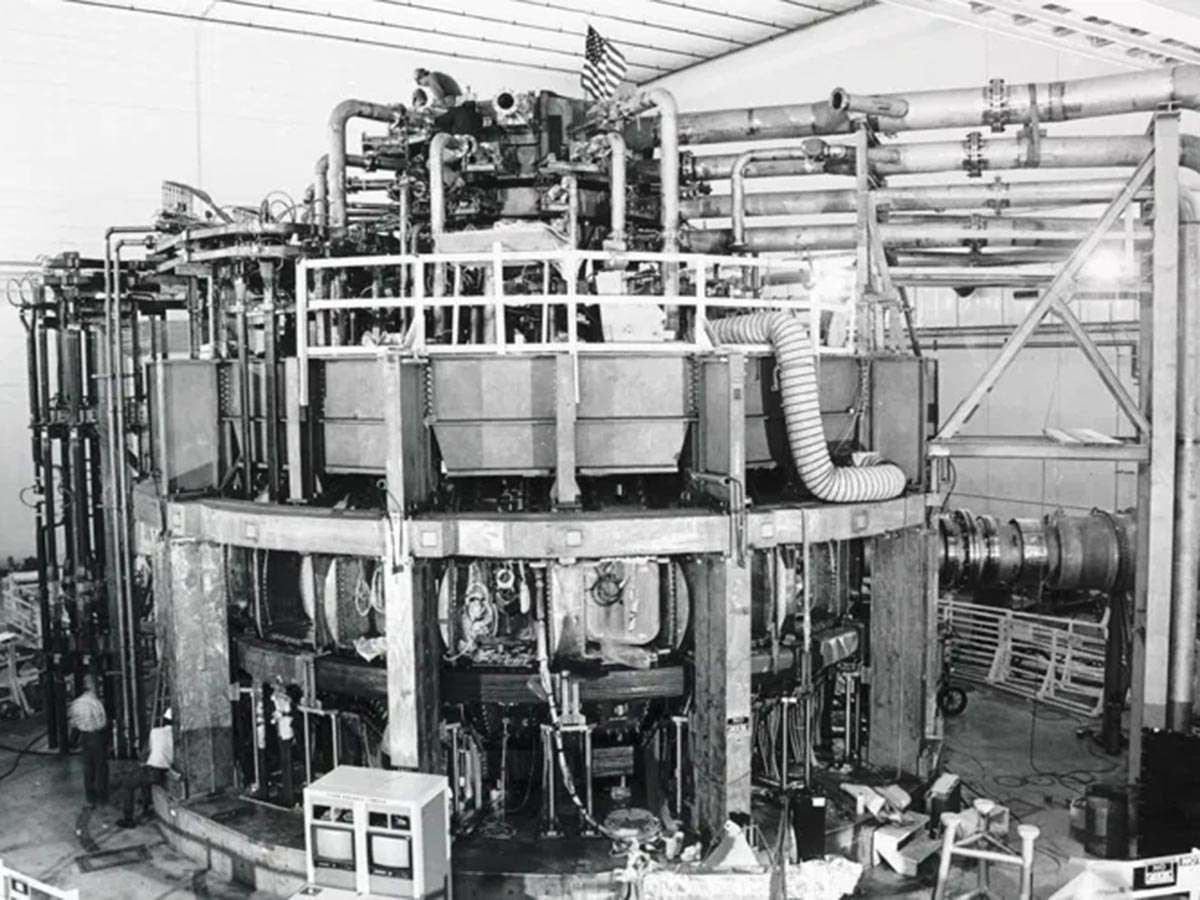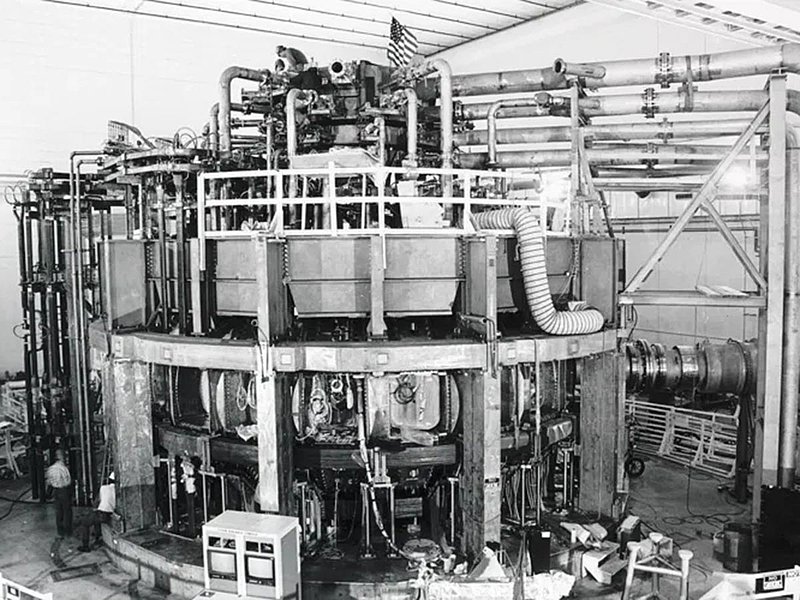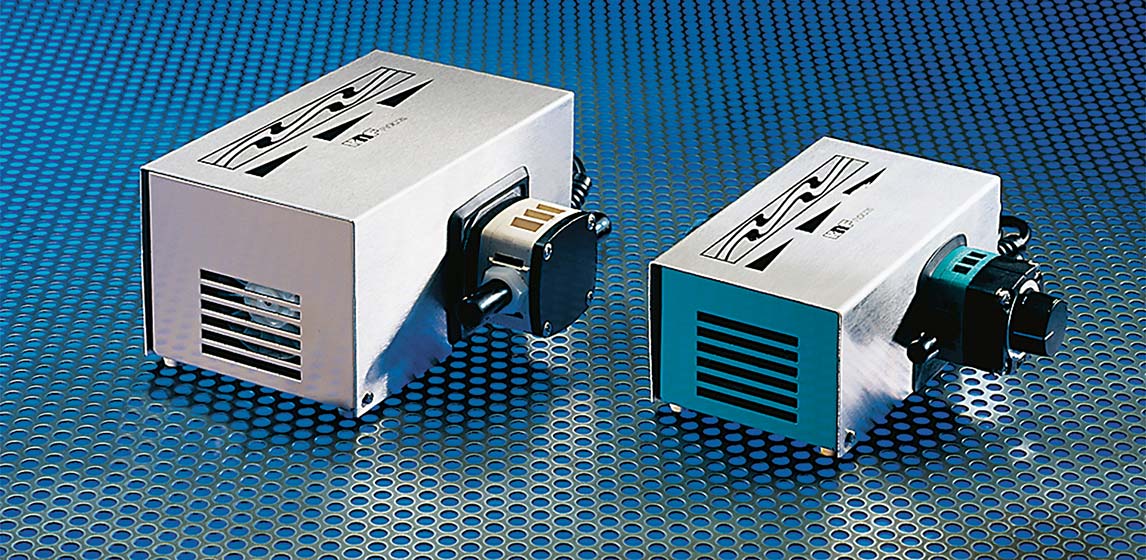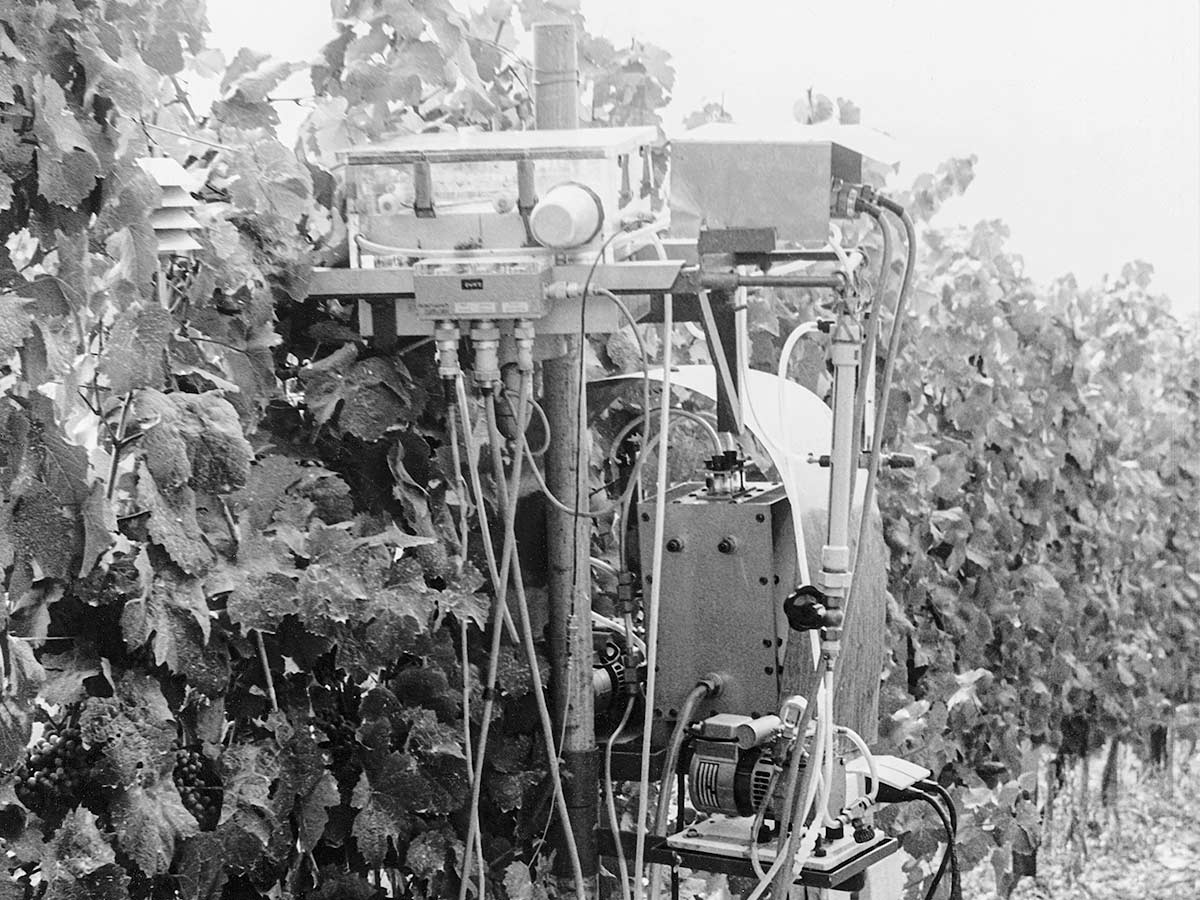
Wanted Urgently: Pump Solution for Tritium Cleanup
When KNF founds its US subsidiary back in 1977, Erich Becker knew that establishing his company on the enormous American market is going to be no easy task. But, as they say, America is the land of opportunity. Indeed, it is there that one of the most exciting orders in the history of KNF practically falls into Erich Becker’s lap.
Just a few months after the subsidiary’s official opening, Erich Becker gets contacted by a company in Cleveland with an extraordinary request. They urgently need a pump that can be used for tritium cleanup, for use in nuclear fusion research. Is this something KNF Neuberger can handle? Erich Becker replies without even batting an eyelash: “Yes, we can do that. Leave it to us!”
At the time, KNF already has experience supplying pumps to nuclear power plants, but nuclear fusion research is new territory. Nonetheless, Erich Becker embraces the challenge. He flies straight to Cleveland to find out more about the project and negotiate a deal. The visit also gives him the chance to ask the question that has been bugging him from the very start: Why has the company approached KNF, a German company that has only recently set up shop in America? The answer: “We’ve been looking for a pump like this for a long time.” The Cleveland-based company had had no luck finding a suitable solution in America, so it had to cast its net even wider, to Europe. The team had initially approached the largest vacuum pump manufacturer at the time, but they were not interested. “So the Americans asked them if they could recommend anyone else,” explains Erich Becker. The answer comes quickly: “If anyone can do it, it’s Neuberger.”

The KNF pumps are ultimately used by Princeton University in a tokamak reactor, which it uses to research energy production through nuclear fusion. The sun is the paragon of nuclear fusion in action. The fusion of atomic nuclei in its core is the very reason it shines and releases vast amounts of energy. Here on earth, thermonuclear reactions require a combination of the hydrogen isotopes deuterium and tritium. For the particles to fuse, they must form an extremely hot plasma. The tokamak confines this plasma using magnetic fields, meaning fusion reactions can be created under controlled conditions. In 1995, the Tokamak Fusion Test Reactor in Princeton attains a plasma temperature of 510 million degrees Celsius.

Just a few years ago, KNF was commissioned to overhaul the pumps, which continue to be used for tritium cleanup to this day. There is increased hope that energy from nuclear fusion can be used to generate electricity in the near future, not least because zero-carbon electricity could have a major role to play in the fight against climate change.
KNF Blog Knowledge Flows
Follow the latest trends and stories on how diaphragm pump technology drives evolution in the market.




